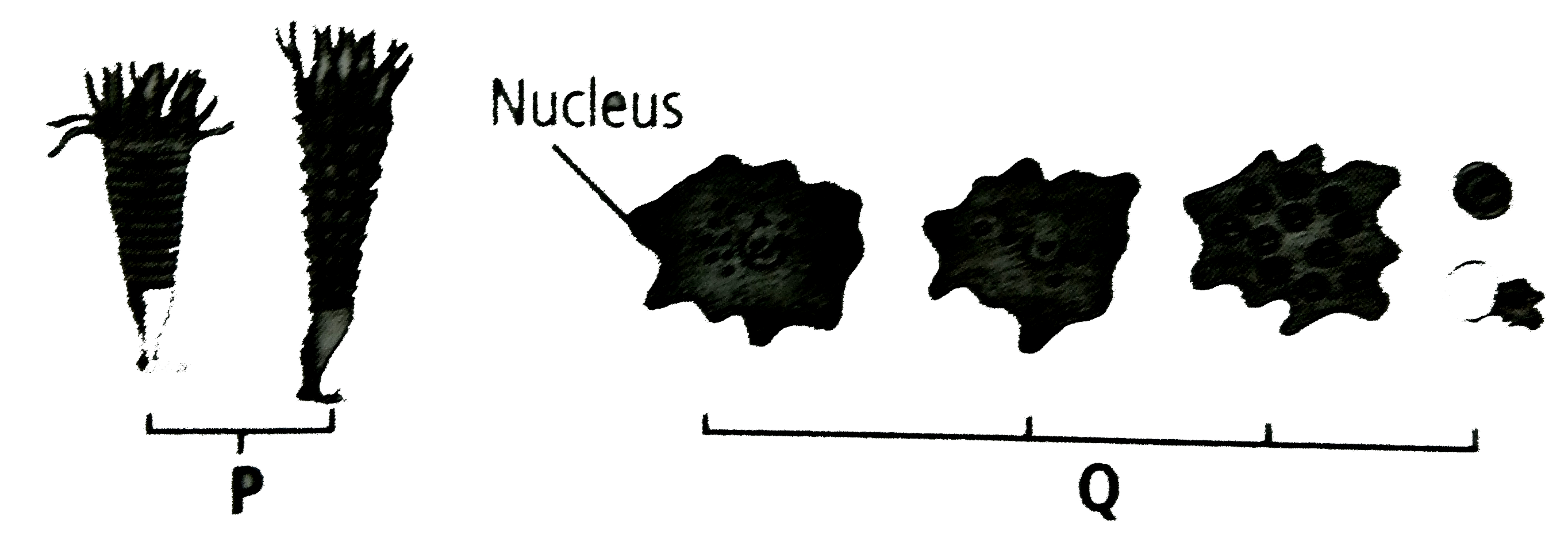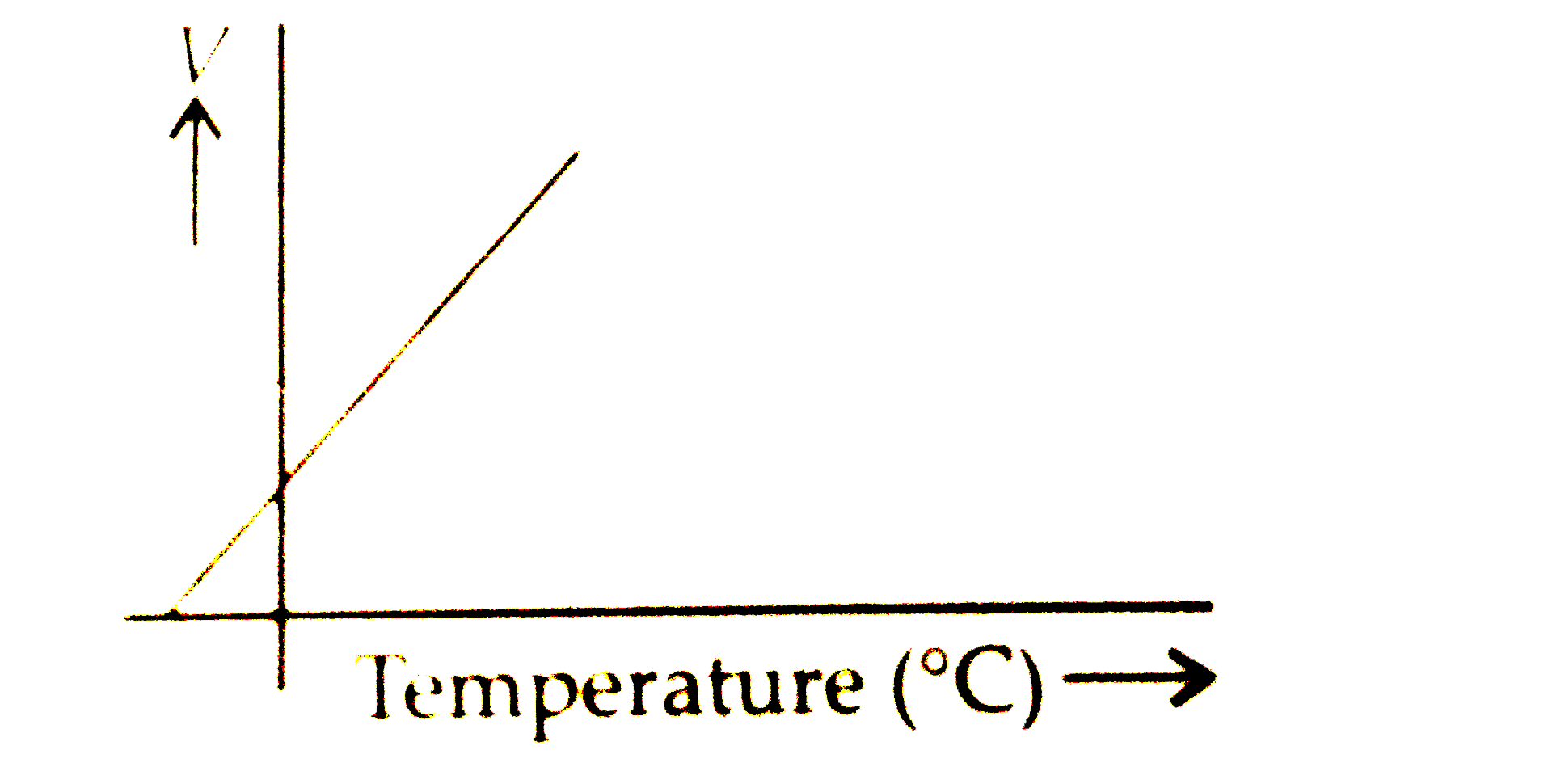The law of Lavoisier and Laplace illustrates
The principle of conservation of energy
Equivalence of mechanical and thermal energy
The principle of conservation of matter
Equivalence of mechanical and chemical energy
The correct Answer is:A
To solve the question regarding the law of Lavoisier and Laplace, we can break it down into the following steps:
Step 1: Understand the Law of Lavoisier and Laplace
The law states that the energy change during a transformation is equal and opposite to the energy change during the reverse process. This means that energy is conserved in any chemical or physical transformation.
Step 2: Relate to the Principle of Conservation of Energy
The principle of conservation of energy states that energy cannot be created or destroyed, only transformed from one form to another. This aligns perfectly with the law of Lavoisier and Laplace, as it emphasizes that the total energy in a closed system remains constant.
Step 3: Identify the Correct Option
Given the context of the question, the law of Lavoisier and Laplace illustrates the principle of conservation of energy. Therefore, the correct answer is option A.
Final Answer
The law of Lavoisier and Laplace illustrates the principle of conservation of energy.
---
The law states that the energy change during a transformation is equal and opposite to the energy change during the reverse process. This means that energy is conserved in any chemical or physical transformation.
The principle of conservation of energy states that energy cannot be created or destroyed, only transformed from one form to another. This aligns perfectly with the law of Lavoisier and Laplace, as it emphasizes that the total energy in a closed system remains constant.
Given the context of the question, the law of Lavoisier and Laplace illustrates the principle of conservation of energy. Therefore, the correct answer is option A.
The law of Lavoisier and Laplace illustrates the principle of conservation of energy.
Topper's Solved these Questions
- CHEMICAL THERMODYNAMICS BOOK - VMC MODULES ENGLISHCHAPTER - CHEMICAL THERMODYNAMICS EXERCISE - IN - CHAPTER EXERCISE - A
9 Videos
- CHEMICAL THERMODYNAMICS BOOK - VMC MODULES ENGLISHCHAPTER - CHEMICAL THERMODYNAMICS EXERCISE - IN - CHAPTER EXERCISE - B
10 Videos
- CHEMICAL THERMODYNAMICS BOOK - VMC MODULES ENGLISHCHAPTER - CHEMICAL THERMODYNAMICS EXERCISE - SOLVED EXAMPLES
19 Videos
- CHEMICAL KINETICS BOOK - VMC MODULES ENGLISHCHAPTER - CHEMICAL KINETICS EXERCISE - JEE Advanced (Archive)
52 Videos
- CLASSIFICATION OF ELEMENTS AND PERIODICITY IN PROPERTIES BOOK - VMC MODULES ENGLISHCHAPTER - CLASSIFICATION OF ELEMENTS AND PERIODICITY IN PROPERTIES EXERCISE - JEE ADVANCE (ARCHIVE)
30 Videos
Similar Questions
Knowledge Check
Given figures illustrate.
 A P QMetamerism by a cnidarianMultiple fission by a protistB P QStrobilation by a cnidarianMultiple fission by a protistC P QFragmentation by a platyhelminthInternal budding by a spongeD P QStrobilation by a platyelminthSporulation by a protis
A P QMetamerism by a cnidarianMultiple fission by a protistB P QStrobilation by a cnidarianMultiple fission by a protistC P QFragmentation by a platyhelminthInternal budding by a spongeD P QStrobilation by a platyelminthSporulation by a protis
The law of multiple proportion is illustrated by the two compounds :
View SolutionHumming birds and hawk illustrate
View SolutionAn element forms two oxides of 2.900g and 2.250g of these oxides each of found to contain 1.12L of O2 at STP. Which law of chemical combination is illustrated by these data?
View SolutionWhat is the significance of a formula ? Give an example to illustrate.
View SolutionThe following graph illustrates

View SolutionHydrogen and oxygen combine to form water vapour.
Name and state the law illustrated by this problem.
View SolutionWhat was the contribution of Lavoisier to chemistry?
View Solution
